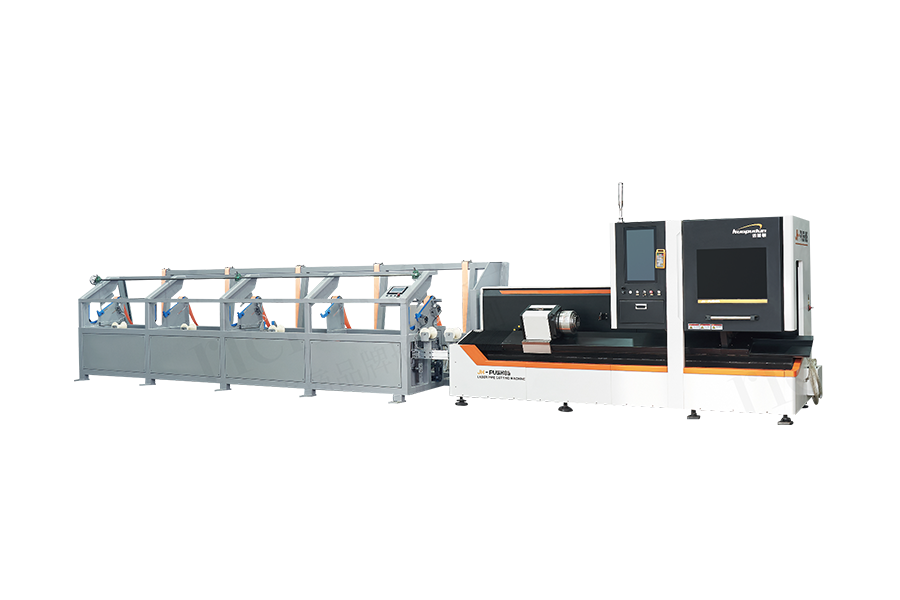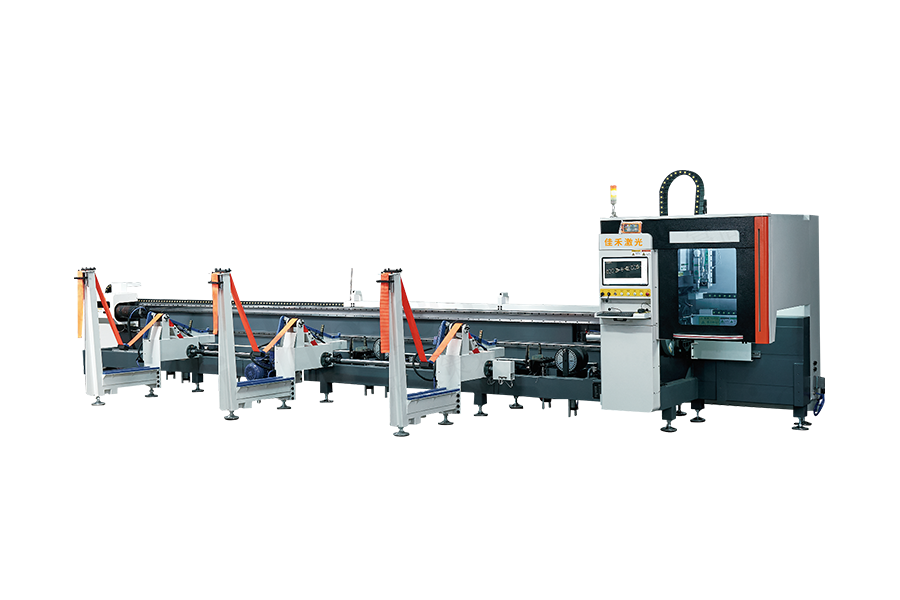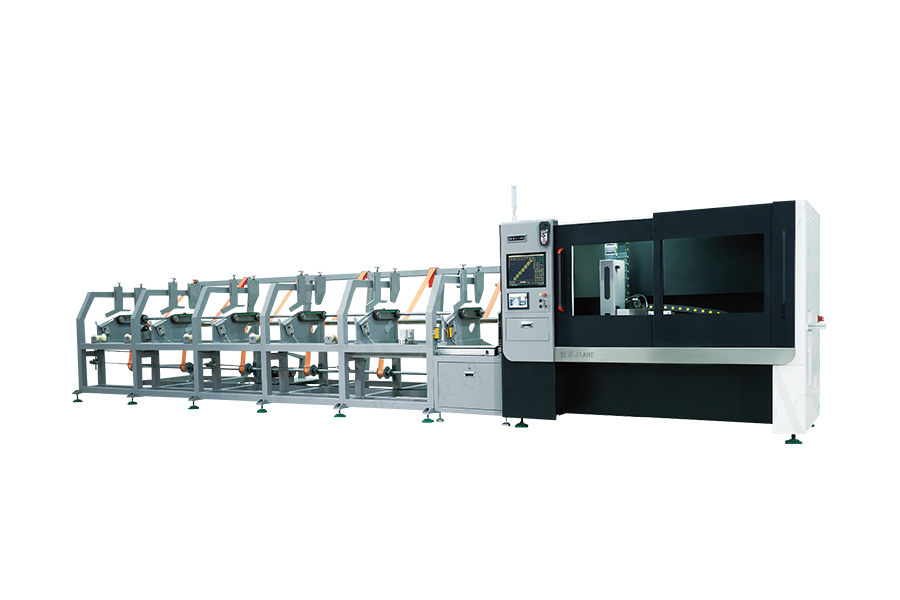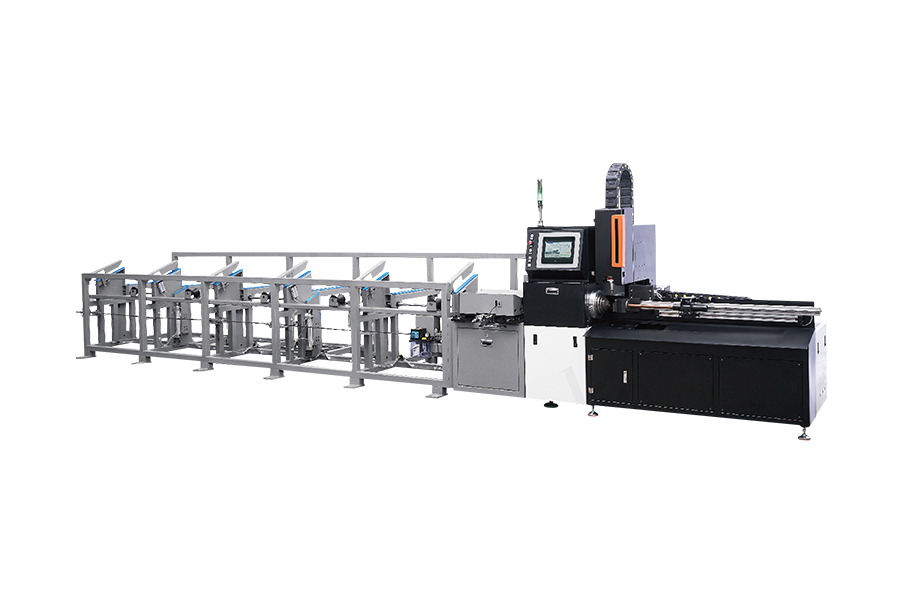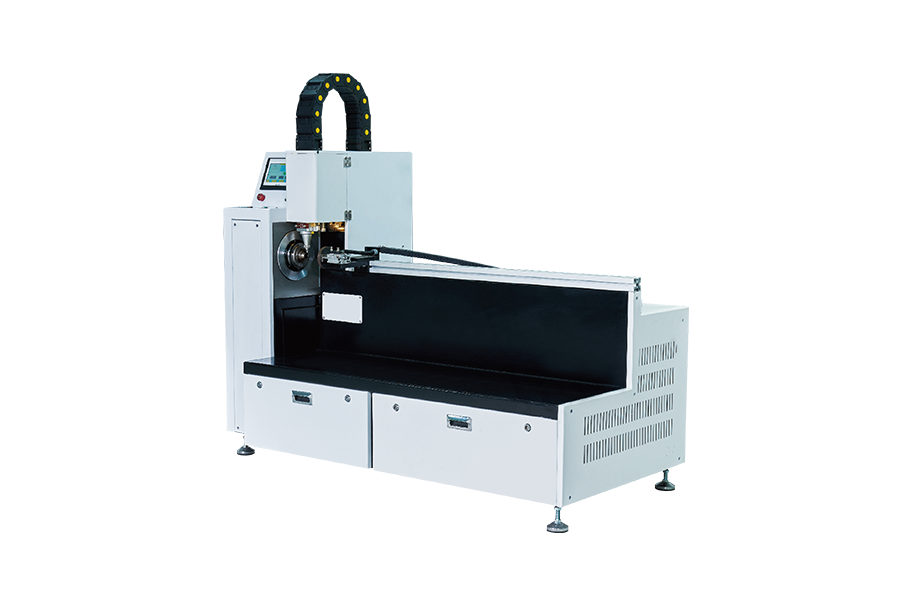Professional R&D, production, sales and after-sales integration.
We have many years of experience in R&D of automation technology and laser technology
As demand for customized pipe components grows across sectors—from curved architectural structures to lightweight aerospace frames—traditional straight-line cutting tools struggle to keep up. Advanced CNC Laser Pipe Cutting Machines,with dynamic multi-angle processing, have become a transformative solution. They break geometric constraints to enable innovation while maintaining industrial precision, reshaping how complex pipe parts are designed and produced. This shift is more than a hardware upgrade; it drives cross-industry manufacturing progress by solving inefficiencies, labor reliance, and design limits.
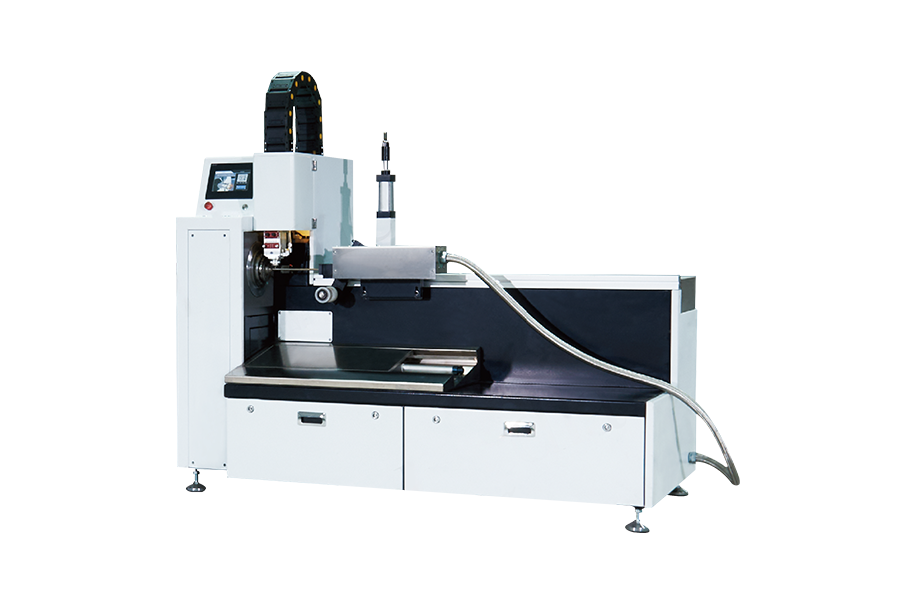
Advanced Processing Mechanics: Overcoming 3D Cutting Barriers
Modern CNC Laser Pipe Cutting Machines outperform basic three-axis systems. Unlike static tools limited to linear cuts, they combine dynamic pipe rotation with laser head movement for multi-angle processing—no manual repositioning needed. This lets them create bevels, compound miters, and intricate 3D contours in one pass, critical for marine or architectural components.
Servo-driven supports and adaptive clamping boost stability during high-precision work. By eliminating alignment errors from repeated setups, they streamline workflows and ensure consistent accuracy—fixing a longstanding issue with traditional multi-step processing.
Customized Machinery: Integrating Processes for Efficiency
These machines revolutionize custom equipment manufacturing, where bespoke parts need precision and adaptability. Across heavy machinery and renewable energy sectors, they replace fragmented “cutting-welding-grinding” workflows with integrated processing. For hydraulic systems with non-uniform bends or angled conveyors, they hit tight tolerances in one operation, avoiding fitment issues from traditional methods.
This integration cuts lead times (fewer secondary steps) and costs (less scrap/rework). In high-stakes fields like hydrogen storage, their ability to precision-cut thick, corrosion-resistant materials meets strict industry standards.
Software-Hardware Synergy: Turning Designs into Reality
Seamless digital integration unlocks their design potential. These machines work with CAD/CAM software, translating blueprints directly into cutting instructions—even complex designs (irregular industrial tubing, intricate medical parts) are executed with sub-millimeter accuracy.
Advanced systems include industry-specific process databases, preloaded with optimal parameters for materials (stainless steel, aluminum) and geometries, adjusting in real time to material changes. This is vital for prototyping and small-batch production, where iterations and precision speed time-to-market.
Automation: Easing Dependence on Skilled Labor
CNC Laser Pipe Cutting Machines address the skilled labor shortage in complex pipe fabrication. Traditional methods rely on specialized technicians (prone to error), but these automated systems handle cutting, bending, and welding tasks consistently—reducing talent reliance.
User-friendly interfaces and adaptive clamping lower the operator learning curve, while built-in quality checks (real-time laser focus, dimensional scans) verify parts. In tight labor markets, this preserves productivity without sacrificing design complexity.
Industry 4.0 Readiness: Integrating with Smart Factories
These machines fit seamlessly into smart factories. They connect to IoT platforms for remote monitoring, real-time adjustments, and data collection. Manufacturers track metrics (cut speed, material use), predict maintenance (laser lens replacement), and optimize operations remotely—key for agile, data-driven manufacturing.
This connectivity ensures laser cutting investments stay relevant as factories digitize, adapting to future upgrades and standards.
Sustainable Manufacturing: Reducing Waste and Carbon Footprint
Their precision drives sustainability by minimizing material waste. Efficient nesting (multiple components per pipe length) and exact cuts slash scrap—critical for high-cost materials like titanium. Energy-efficient lasers and fewer secondary steps (e.g., grinding) lower environmental impact.
These benefits align with the industry’s focus on eco-responsibility, helping meet carbon or zero-waste goals without compromising innovation.
Cross-Industry Innovation: Expanding Design Horizons
These machines fuel innovation across sectors. In architecture, they create curved tubular trusses and decor once too labor-intensive. In automotive/aerospace, they make lightweight, high-strength parts (e.g., engine tubing) that boost performance. The medical field uses them for precision surgical tools and implant parts; furniture designers leverage them for tubular structures that blend aesthetics and durability.
This versatility proves their role as more than a cutting tool—it’s a driver of creative, efficient, future-ready manufacturing, freeing industries to reimagine pipe component possibilities.

 English
English 中文简体
中文简体 русский
русский